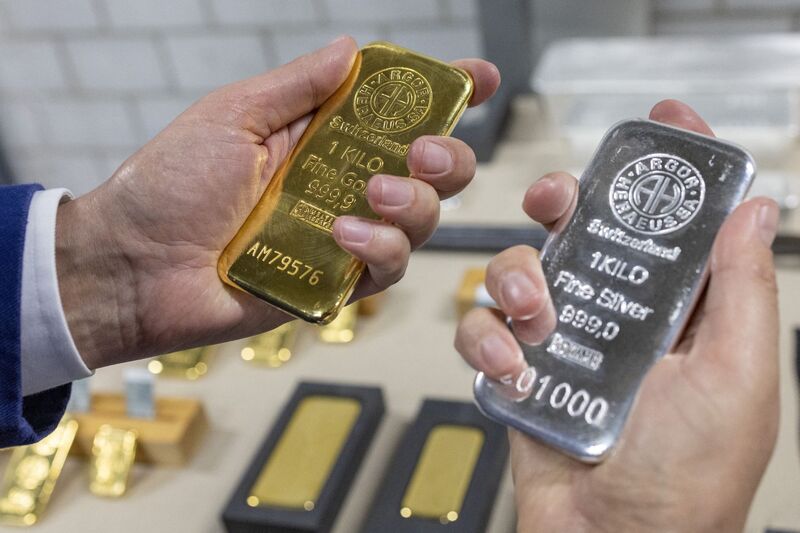China’s Xi speaks with Trump by phone, discusses Taiwan and bilateral ties
Investing.com -- Silver could stage moments of outperformance against gold in the coming year, according to UBS, supported by tightening supply-demand conditions, rising investor interest, and a backdrop of elevated macro uncertainty.
While the bank stops short of calling for a sustained stretch of silver leadership, it argues the market is increasingly prone to sharp upside moves as inventories tighten and gold pushes toward new highs.
UBS strategists Joni Teves and Bhanu Baweja remain bullish on silver “largely due to our expectation that gold should continue to make new highs in the coming year.” They point out that the metal’s traditional high-beta relationship with gold puts it in a position to outperform during periods of broad precious-metals inflows.
Silver’s lower price point also makes it accessible to a wider investor base, with the potential for sentiment shifts to be amplified by thinner liquidity.
Track Wall Street’s top precious-metals calls and price targets by upgrading to InvestingPro - get 55% off today
UBS has raised its long-term forecast to $35 in real terms, implying nominal prices “around $40” over the long run. Its 2025 year-end target now sits at $53, and for 2026 the bank keeps a $55 call while expecting silver to “potentially test $60” in the first half of the year.
“We see risks skewed to the upside amid the potential for liquidity squeezes to re-emerge,” strategists added.
The team highlights that silver’s structural deficits remain a defining feature of the market. Physical shortages have persisted since 2021, driven by robust industrial demand in areas such as electronics and solar, combined with constrained mine supply—most of which comes as a byproduct of other metals.
These conditions leave the market “increasingly vulnerable to periods of strong investment demand,” raising the probability of liquidity squeezes similar to those seen in late 2025, when lease rates spiked sharply, strategists said.
Tight inventories, shifting metal between regions, and metal being held in non-deliverable forms can intensify short-term dislocations, creating conditions for rapid price spikes when demand surges.
Although silver can outperform gold in powerful bursts, UBS argues that such stretches are unlikely to persist. Gold’s role as a strategic reserve asset, reinforced by official-sector buying, gives it long-term stability that silver lacks.
More than half of silver demand is industrial, making it more sensitive to growth cycles and risk-off periods.
On the other hand, gold’s support from central-bank accumulation, which silver does not enjoy, further limits the likelihood of sustained silver leadership.
Strategists also note that “gold remains under-owned relative to total assets and we believe there’s room for allocations to keep rising.”
